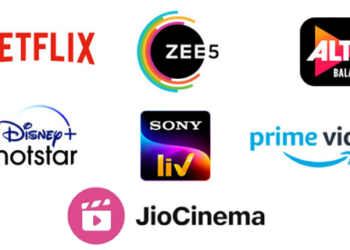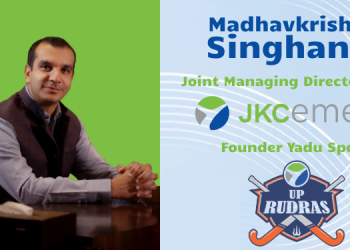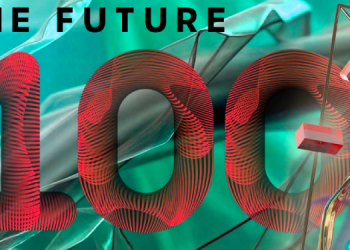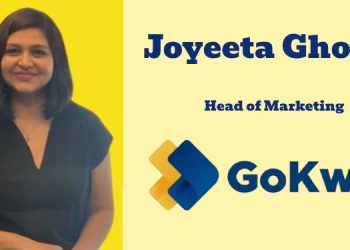Authored by Rajeev Sharma
Did you know, the consumers who finally churned, came to your ‘Deactivate my Account’ page a month back.
It is almost a given for a brand today to monitor its consumers across the journeys they take to purchase and beyond. Most companies have realised the importance to do so and many are already doing. But very few succeed to ‘understand’ what matters, generate the relevant insights and be able to ‘orchestrate’ these journeys to their advantage.
One of the big tasks for a brand rests on delivering a great experience to its consumers. That experience should drive engagement and enable actions. By delivering a great experience, essentially a brand is trying to remove any tension or friction between the consumer and itself. A zero tension consumer experience associated with a desired behaviour is the key winning strategy, brands have realised.
When we say consumer experience we mean the end-to-end experience, different from the term ‘user experience’, which is a more individual interaction. A consumer’s journey is typically a series of steps from awareness or discovery, that a consumer will take to purchase and go beyond. So how do we ensure we are at the top of our consumers’ journeys.
Firstly, it is critical to get all the unstructured and structured data analysed to see the touch points your consumers are using. It could be, searching on a search engine, visiting a website, walking into a store, calling a call centre.. or even interacting with your brand’s representative.
You will need to study to find out which interaction is leading to what result.
Remember, though these are individual touch points they should not be seen in silos, but holistically. Brainstorm and analyse how your consumers find you, discuss about you, research, explore and finally prefer you over others.
Secondly, identify and try to resolve their needs, esp unmet ones, whether through a great new solution, a sudden delight, a creative use of technology or by simply reinventing how they interact with you. Essentially think of ways to disrupt their journey. Remember transactions are strongly associated with actions like purchase, repeat purchase, brand buzz, loyalty, advocacy etc.
Consumer experiences are getting more social in shape, which is adding complexity to brand functions. Organisations have to integrate their business systems together to ensure that the experience their consumers get across channels is consistent and superior. Building a strong consumer experience is top priority for executives across. It creates value for the consumer. This value comes from all the experiences the consumers get from the brand and is an all encompassing one – from customer service, to product usage, quality, reliability etc.
Being able to see a one unified view of the consumer across all the touch points leads brands to have a strong advantage, esp in these three areas:
- Knowing what motivates and drives them to take certain actions.
What you need to consider: Create a comprehensive consumer journey map linking each touch-point with the action desired.
You may discover how users coming from ‘offer related’ keywords show a different
action at a review page as, opposed to users who aren’t price conscious and hence stay longer there.
- Getting to know which channels work better
What you need to consider: Build a simple slide to show what each channel is delivering. Simply categorise the channels basis their objective, then have two columns against each – conversion and revenue. This will help you determine where to allocate the budget and KPIs.
You may discover that a simple influencer campaign drove more conversions but
less revenue as opposed to a contextual search targeting.
- Disrupt the consumer journey with innovative and creative data-driven messaging.
What you need to consider: Find ways to delight the consumer and be able to orchestrate their journey.
You may realise that a quick targeted ‘Get a friend along – Get an upgrade’
mobile campaign to offer seat upgrades on match day, will not only fill your stadium but also generate additional revenues.
Once consumer journeys are mapped and understood, you will be in a position to segregate them in clusters – behaviourally. This behavioural data along with the understanding of the reasons behind that behaviour, is a wonderful combination. Behaviour + Attitudinal insights.
One telco once confessed that more than three-fourths of the consumers who churned a particular month, had actually visited their ‘how to close an account’ tab 2-3 weeks before quitting. Pity, the brand couldn’t use this intelligence.
Consumer journeys today are key to how consumers’ experience a brand as their experiences’ benchmark has been set by great companies like Google, Apple, Amazon.
This experience is not one-off or tactical, but a much larger long-term one. An experience that travels beyond purchase. After all consumer journey is an end to end affair.
Summing up some key points:
- Thinking consumers’ journey and aiming to creating value for them.
- Apart from delivering a great product, generating experience that’s superlative. Being able to do that we need to do to understand our consumers needs – expressed or unexpressed.
- Putting down a consumer journey map, starting from where your consumers begin their journey (not from where your brand is visible).
- Measuring the above across touch points and then finding unique disruptions that will delight your users with additional delight.
- Continuing to build and improve, as your consumers’ journeys increasingly get non-liner, fragmented and unexpected.
Hope this finds value and helps in your efforts to perfect your consumers experience, and that you are watching them and building meaningful insights for your brand?
The author of this article is Rajeev Sharma, Founder of Awrizon, a performance based Digital Consultancy. He has over two decades of experience working in Digital in JWT, Ogilvy, TBWA and Tribal DDB. Last, Rajeev was running JWT Digital in India and was member of the Global Digital Council. He has turned independent Digital consultant recently and advises brands on Digital Growth. He has spoken at conferences like Click Asia Summit, Ad:Tech and at institutes like IIM. Rajeev is also helping created course content for MBA institutes on Digital Marketing subjects. He has also judged Effies, was APAC train the trainer for WPP and conducted over dozen workshops on Hyper Island master classes.

















